Credit Suisse Crisis: Limited Impact on Indian Markets
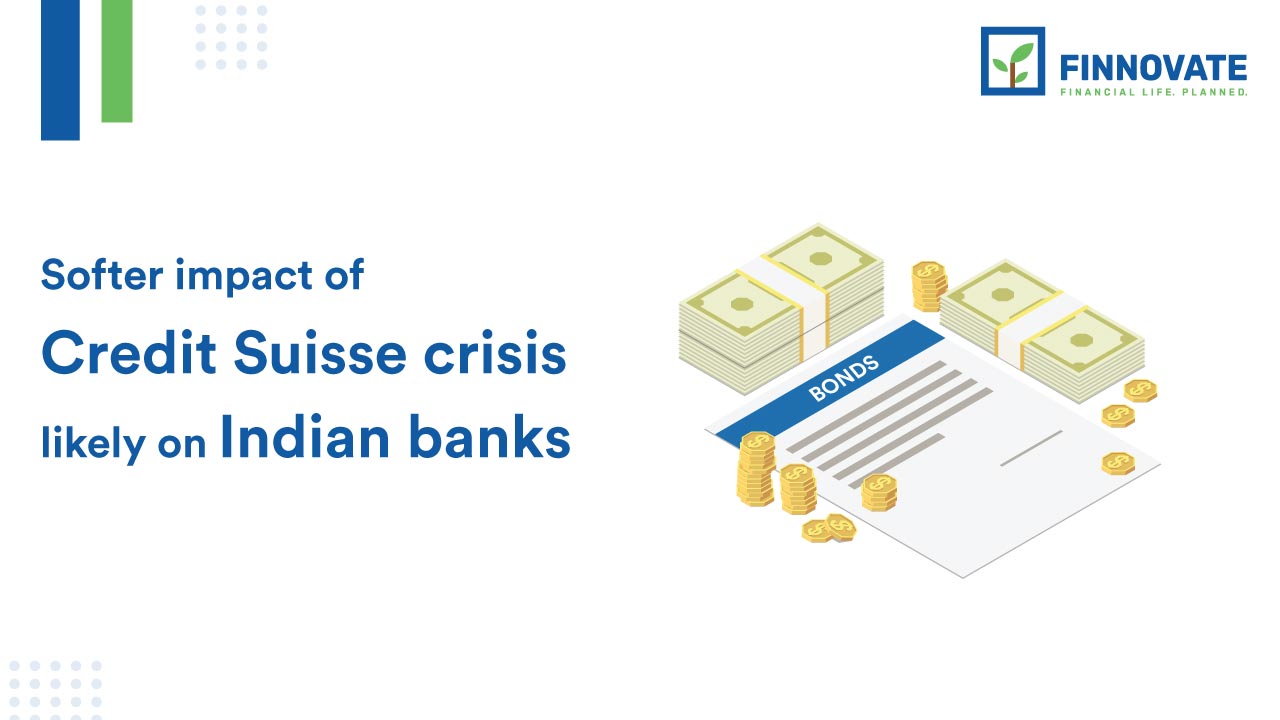
By

The
Credit Suisse story
In the case of Credit Suisse, one of the conditions of the UBS takeover was that the $17 billion of AT1 bonds would be written down. Otherwise, the valuation would not have been attractive to the shareholders and they would reject the offer. The deal had to leave something on the table for the equity holders; what with some powerful names like Saudi National Bank and Qatar Investment Authority among its shareholders. It was a key factor in the AT1 bond write-off.
Impact on European banks
The impact was visible in Europe as most of the banks saw the price of their AT1 bonds fall sharply. Credit default Spreads of most banks also widened to new highs. However, in case of banks like Credit Suisse, the troubles were never a secret. Credit Suisse has been in trouble for more than 5 years and those who subscribed to its AT1 bonds were large institutional investors like GAM and PIMCO, who perfectly understood the risks. However, it was soon evident that the contagion did not spread to other banks with stronger balance sheet. In a sense, the overhang is still there, but AT1 bonds are a very specific problem.
Limited
impact on India
The success of the Rs900 crore AT1 bond issue by PNB clearly underlines that India has seen limited impact. That is not entirely true. The yield at which PNB raised AT1 bonds this time around is nearly 35 bps higher than last time. While that can be partially attributed to higher rates, it is also due to the higher perceived risk of AT1 bonds post the Credit Suisse fiasco last week. That has led to heightened awareness of the risks in AT1 bonds. In Europe, AT1 bonds were paying more than junk bonds and that had to come with a whole lot of risks. Markets were just focusing on the returns and ignoring the risks. That was hardly a sustainable scenario in AT1.
Will AT1 bonds in India be hit?
After the Yes Bank case, where Rs8,000 crore of AT1 bonds were written down to zero as part of the rescue package, there have been no other cases. In terms of pricing of market risk in AT1 bonds, most investors have shown a preference for PSBs, since in this case the chances of the AT1 bonds written down to zero is very low. However, the investors are now a lot more cautious about the private banks, especially the banks outside the top 3-4 banks. That is where the AT1 bond holders see a lot more risk and the Yes Bank saga has just about highlighted that in the Indian context. It is time to appreciate the risk angle in AT1 bonds, not just returns!
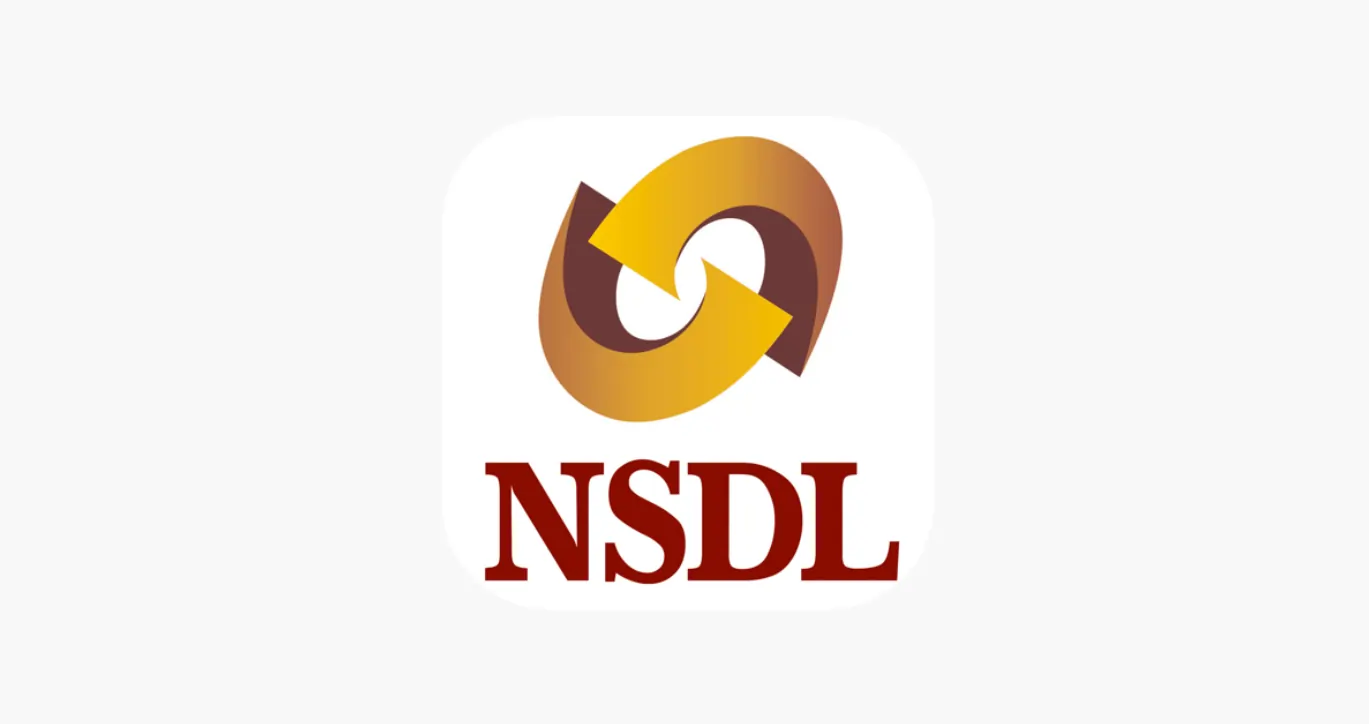
Learn how to easily download your NSDL CAS Statement in PDF format with our step-by-step guide. Follow our instructions to log in to NSDL e-Services, download your account statement, and subscribe for
Read Full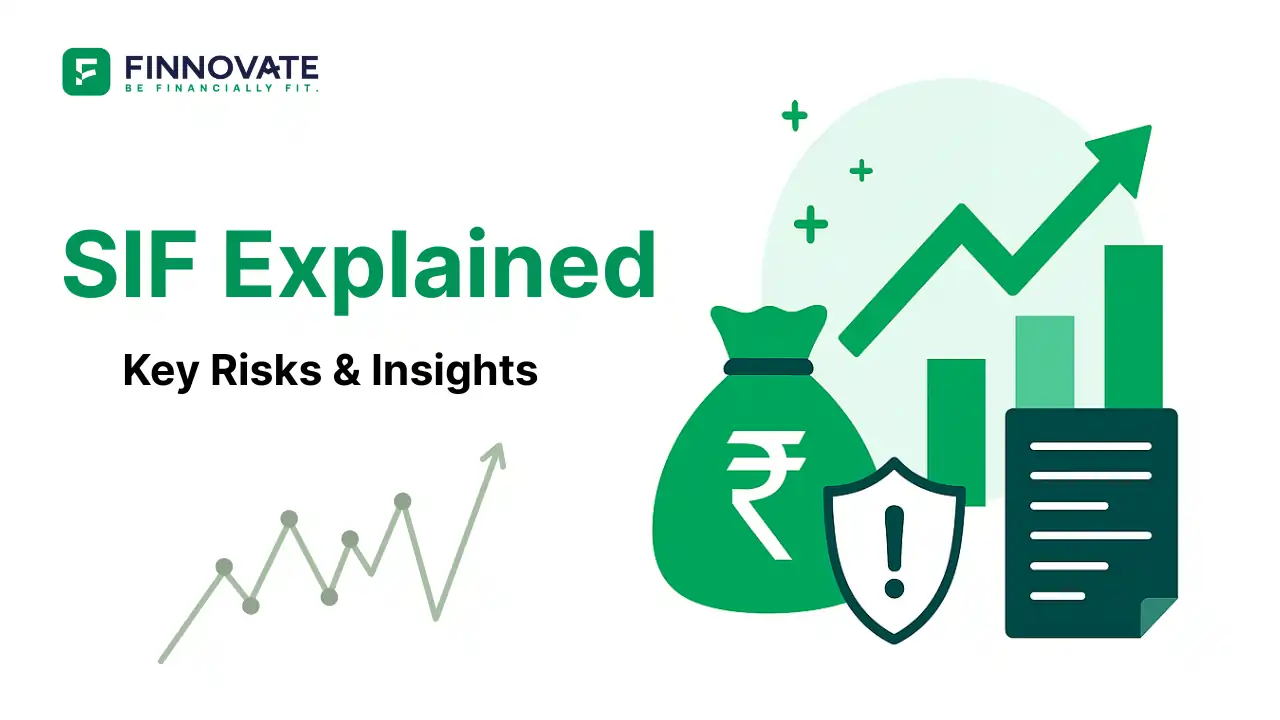
Explore what Specialised Investment Funds (SIFs) are, their benefits, taxation, minimum investment, how to invest, how they compare with mutual funds and PMS and latest developments in SIF space
Read Full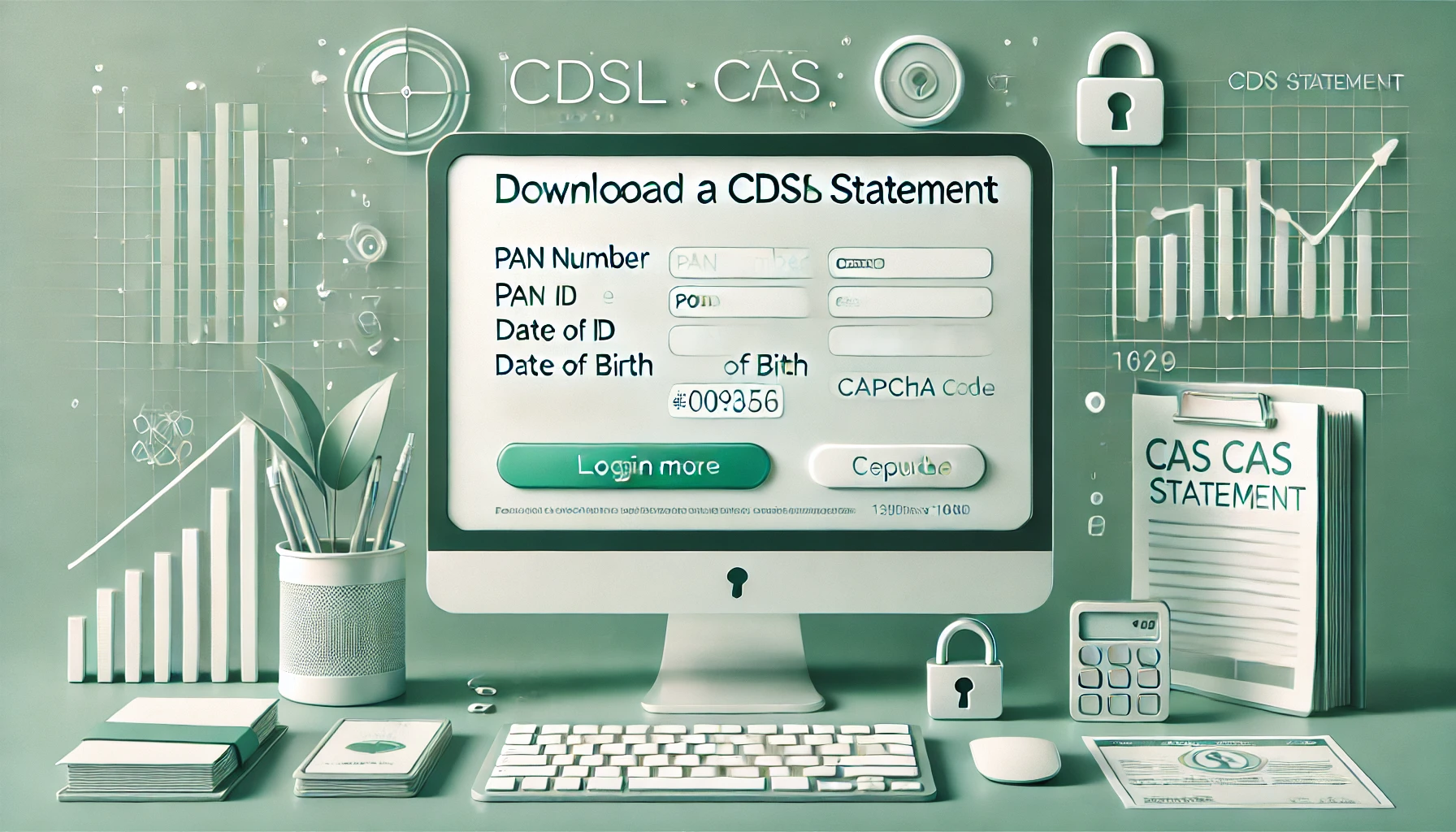
Learn How to Download Your CDSL CAS Statement with our step-by-step guide. Easy instructions for accessing your investment details online.
Read Full
Analyzing the potential economic impact of the 2025 India-Pakistan conflict on India's GDP growth, manufacturing sector, and foreign investment.
Read Full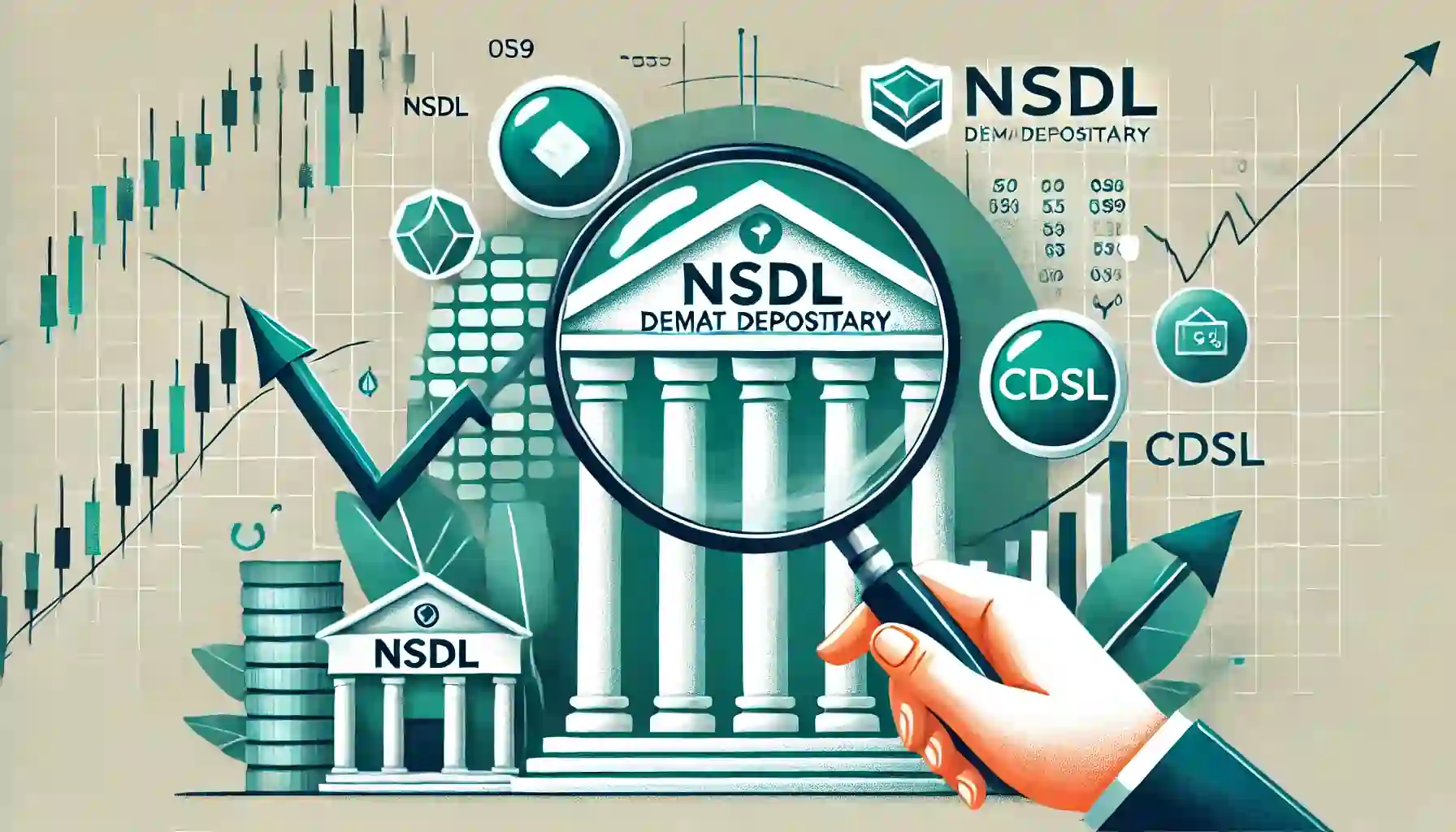
Determine if your Demat Depositary (DP) is NSDL or CDSL easily. Follow our guide to check using broking platforms or Demat account number formats
Read Full
Looking for the best financial freedom books? Here’s a handpicked 2025 reading list with summaries, why to read, and who it's best for.
Read Full
Clear guide to mutual fund taxation in India for FY 2025–26 after July 2024 changes: equity STCG 20%, LTCG 12.5% with ₹1.25L exemption, debt/hybrid rules, dividends, examples, tables, and FAQs.
Read Full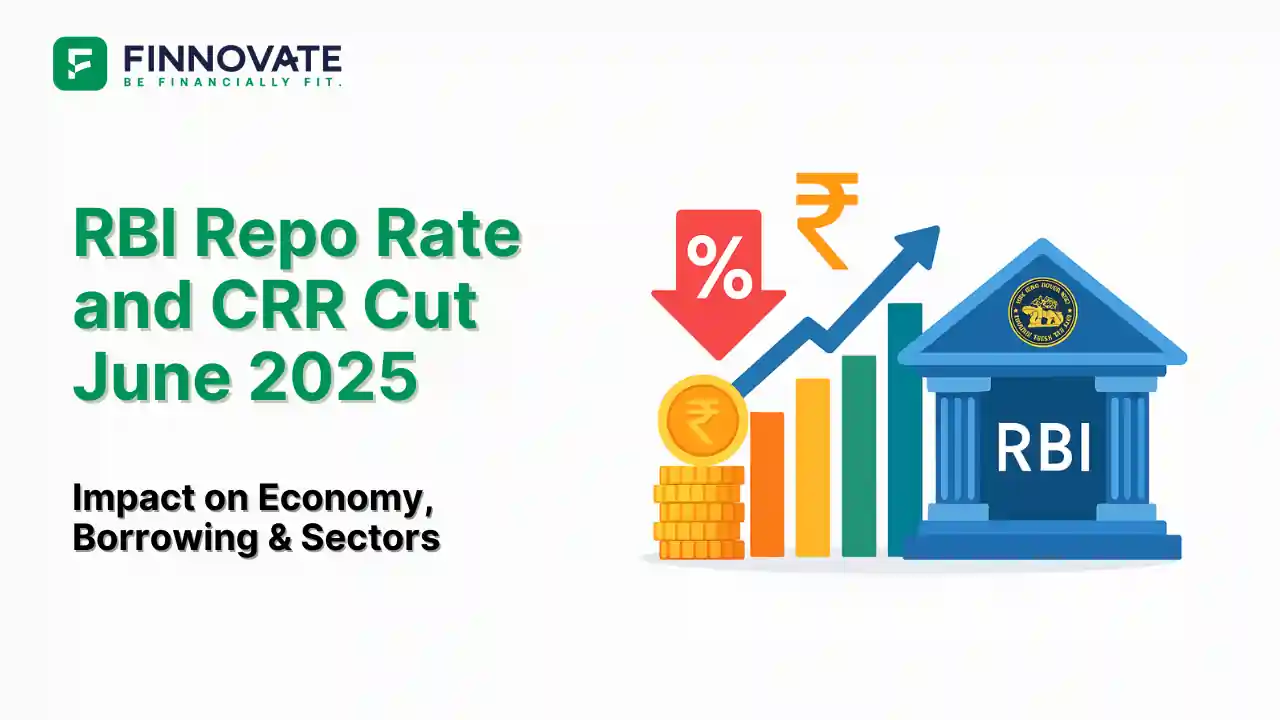
RBI cuts repo rate by 50 bps and CRR by 100 bps in June 2025 to boost growth. Learn how it impacts inflation, borrowing, sectors, and market trends.
Read Full